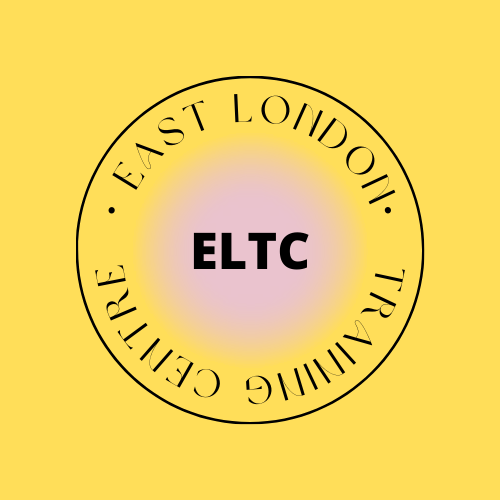Private hire drivers who want to obtain a PCO license must pass three TfL examinations, the topographical assessment being one of them. The topographical test is an essential first step if you want to work for Uber or other Greater London-based operators like Bolt or Free Now. This post on the site includes all you need to know about the topographical skills assessment, covering how to prepare for it and what the test entails. It’s simpler to say than to do to work as a private hire driver. For the purpose of driving for hire, you must have a PCO license. Notably, the PCO license is sometimes referred to as the Private Hire License in official documents (PHL). The Public Carriage Office, the former organization in charge of black cabs, is associated with the PCO, thus most people use that word instead. Later on, the TFL Taxi and Private Hire Office replaced the Public Carriage Office as its name. Depending on where you live, there are different requirements for obtaining a PCO license. For instance, if you live in London, you must go through the TFL application procedure. On the other hand, outside of London, local councils are responsible for managing PCO licenses, with the exception of North Hertfordshire and Essex. The topic of this blog article is how to obtain a PCO license in London.
What exactly is the TfL exam of topographical skills?
Simply put, knowing topography implies being capable of interpreting maps. Map reading and route planning are topographical skills, but the test also looks at a student’s understanding of the geography of London. Despite the fact that the majority of customers these days rely on a satnav, the objective is to ensure that Uber drivers can travel between fares.
Who is required to undergo the topographic assessment?
Almost all private hire drivers in London are required to pass this exam. There are only a few exceptions:
- Drivers of PHVs with prior licenses who have aced a TfL topographical skills exam.
- licensed cab drivers in London.
- experienced tour guides for London.
TfL allowed drivers who have the necessary professional qualification for road passenger transport to postpone this exam until February 2020. Since then, only the three reasons indicated above continue to be acceptable grounds. The evaluation must be done by everyone else.
How is a TFL topographical exam scheduled?
You will receive a letter and email with a particular date to go to a topographical skills test center after submitting your PCO license application to TfL. This will take place at the official TfL location at West Kensington or Baker Street. To take the real test, you need to have a confirmed appointment. You can approach the TfL Topographical Team with questions about bookings.
What is the price of the topographical test?
The test is £36; a second attempt is £16. There is no need to fear if you fail a topographic exam since this is something that many drivers worry about. However, you must succeed on your first try or on your second. You will need to reapply for the PCO license if this happens.
How should one be ready for a topographical evaluation?
Understanding the test’s structure is the first step. Each of the four sections will test a different component of your ability to read a map and your grasp of fundamental driving principles. Either on paper or, more likely, on a computer, you’ll finish it.
These are the four divisions:
- questions based on indexes
- basic topography
- Making a route plan
- Question-and-answer sessions
Section 1: Index-related Queries
These queries examine your capacity to locate locations in London using an atlas’ index. Though it appears complicated in principle, it’s actually rather easy. An atlas will be handed to you, and you will be prompted for the grid reference and page number of particular locations or landmarks.
Section 2: General topography
This section explains how to find routes to and from various points or places using a typical atlas’ map. On the same map page, you must first identify where Heathrow and Central London are. Choosing the way, you would go in order to get from one place to another is the next stage. The solution in this situation is to head west. It’s beneficial to be familiar with the map design and lingo used in the London Master Atlas. For instance, Boulevard is abbreviated as Blvd and Courtyard as Ctyd. All of these acronyms may be found in the section headed “how to utilize this index.”
Section 3: Planning a route
Your route-planning skills will be put to the test by these questions. Similar to the previous phase, you will receive a map with a beginning and finishing location, but this time, you must design a comprehensive path rather than just stating the overall direction. The majority of your final score will come from this phase, so give yourself enough time to identify the most direct routes and double-check that your solutions don’t contravene any traffic laws, such as one-way streets. A local drop-off usually works with most travelers in real life, but in the exam, you must arrive at the exact location. It is also crucial that you arrive at the destination precisely.
Section 4: compass-related queries
In this section, you are required to answer compass-related queries that are directional in nature. However, the main thing you need to demonstrate is that you are aware of the distinctions between North, South, East, and West. You will be given many situations to choose from, and you must then apply these fundamental compass directions to respond to each inquiry.
What grade must you obtain to pass the topographical exam?
To pass, you must receive at least 60 out of 100. Although this seems high, it only represents slightly more than half the marks. You should receive the exam result you require to pass if you maintain your composure and use all two hours wisely. Good fortune.
To become a licensed private hire driver in London, you must pass a topographical evaluation. However, you only have two chances to pass this test before having to redo your TFL application. As a result, some people can find the examination upsetting and unpleasant. Finding a company or trainers to help you get the greatest topographical training in this situation is crucial. As a TFL Topographical training center , we take pride in our dedication to providing safe TFL Topographical training and helping hundreds of students pass their topographical test with assurance. For our trainees to achieve their goals more rapidly, we created topographical training programs that are successful.


